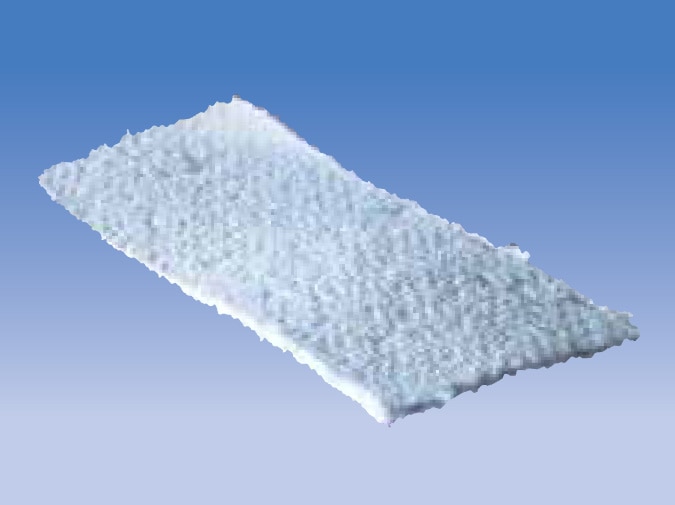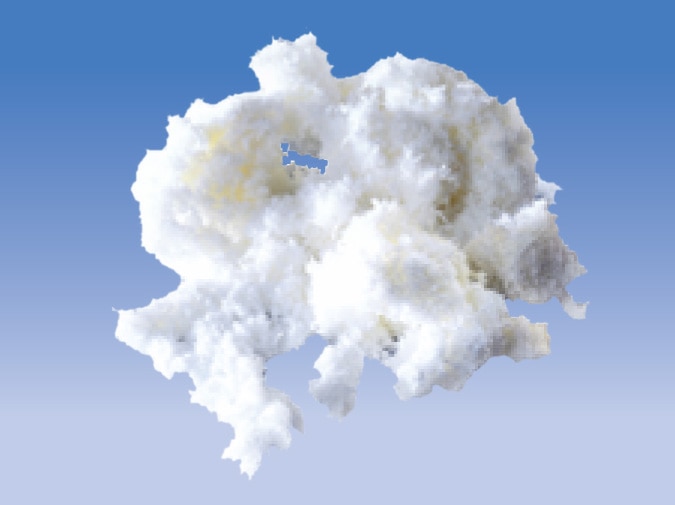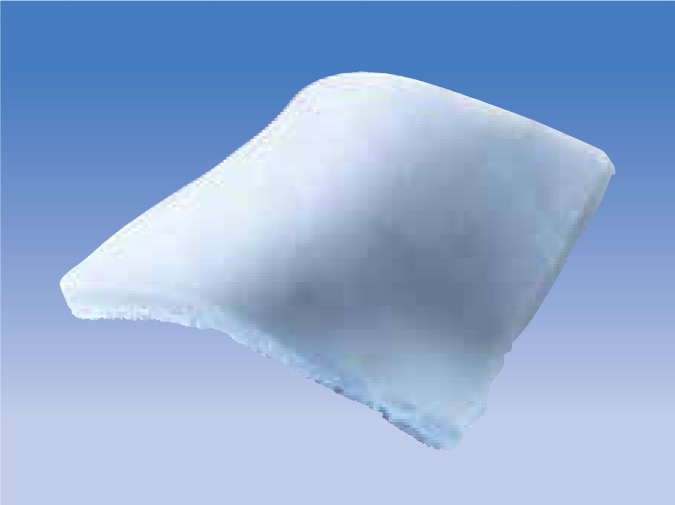Contact Support
Microfibrillar Collagen Hemostat Sheets (Non-Woven Web)
Avitene™ Microfibrillar Collagen Hemostat is an active absorbable collagen hemostat, proven to accelerate clot formation. Avitene™ effectively enhances platelet aggregation and the release of proteins to form fibrin, resulting in hemostasis.
MULTIPLE FORMS FOR EVERY SPECIALTY:



| SKU/REF | SKU/REF Name | Packaging |
|---|---|---|
| 1010080 | Avitene™ Sheets 3.5 cm x 3.5 cm (1.4" x 1.4") | 6/cs |
| 1010090 | Avitene™ Sheets 7.0 cm x 3.5 cm (2.75" x 1.4") | 6/cs |
| 1010110 | Avitene™ Sheets 7.0 cm x 7.0 cm (2.75" x 2.75") | 6/cs |
Please note, not all products, services or features of products and services may be available in your local area. Please check with your local BD representative.
Animal data may not correlate to outcomes in humans. Data on file.
INDICATIONS
Avitene™ (MCH) is used in surgical procedures as an adjunct to hemostasis when control of bleeding by ligature or conventional procedures is ineffective or impractical.
CONTRAINDICATIONS
WARNINGS
ADVERSE REACTIONS
Please consult package insert for more detailed safety information and instructions for use.
![]()
BD-52022